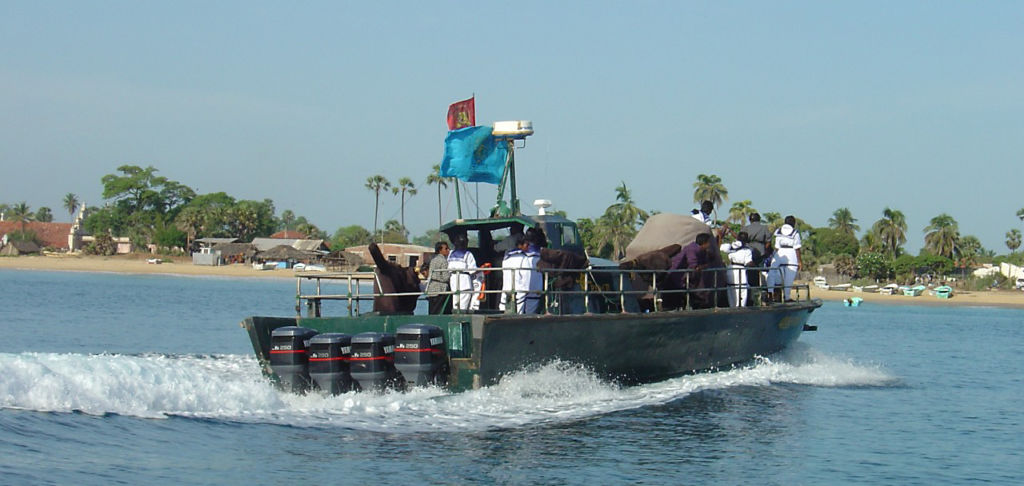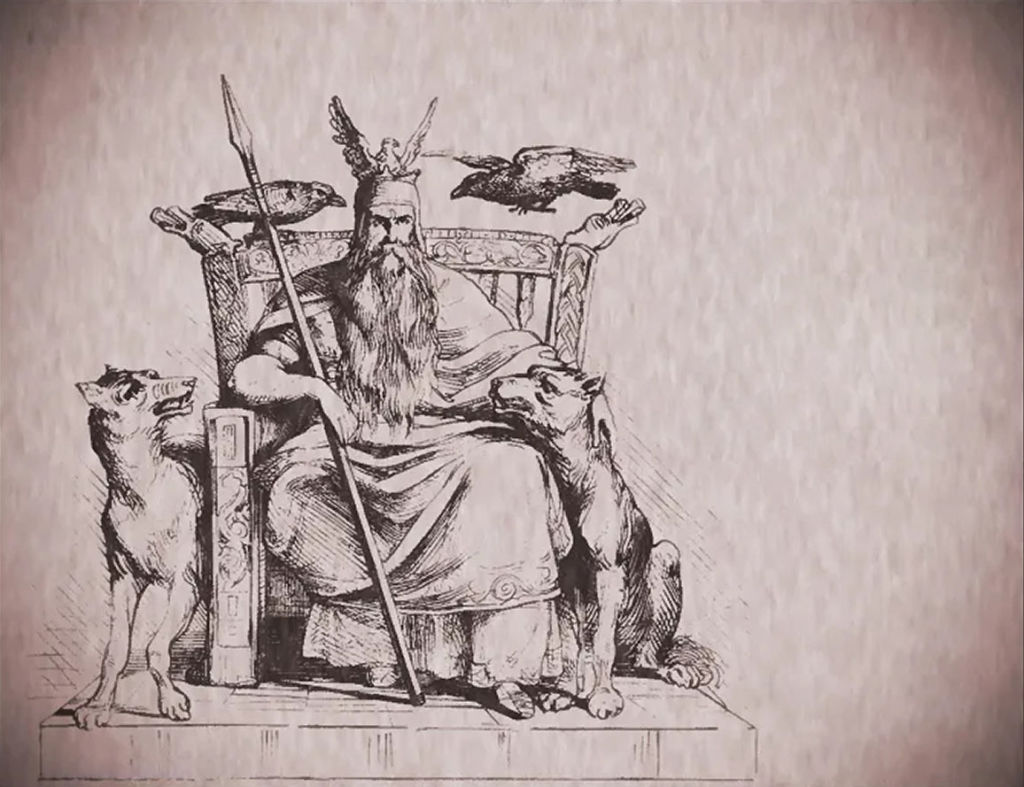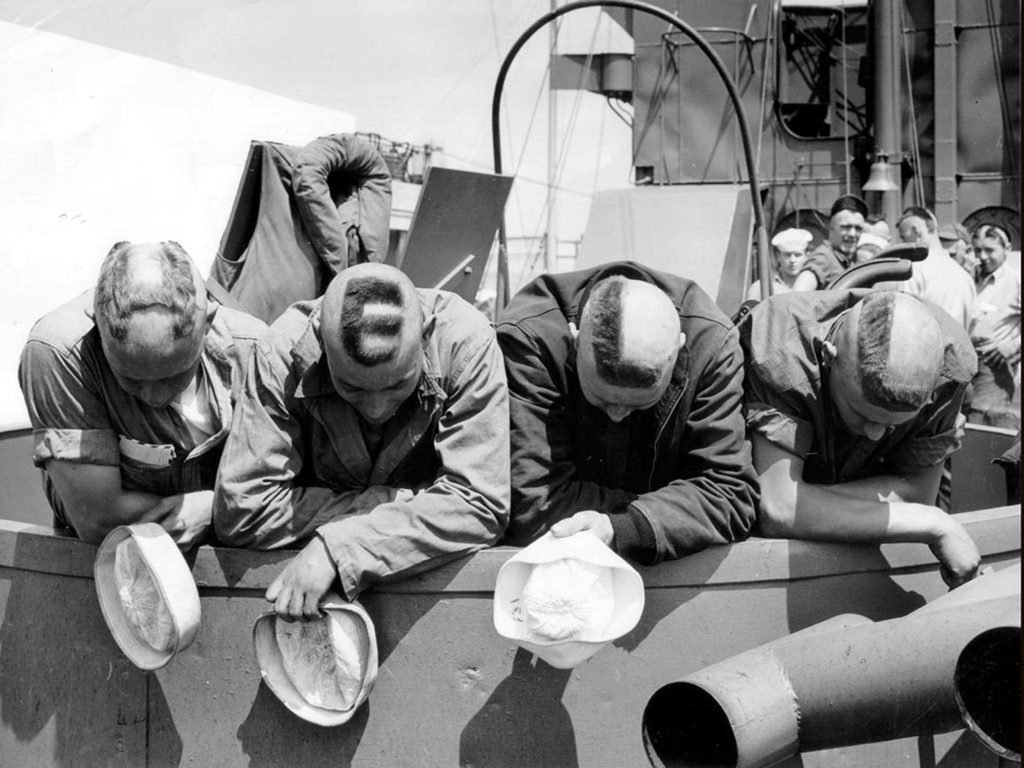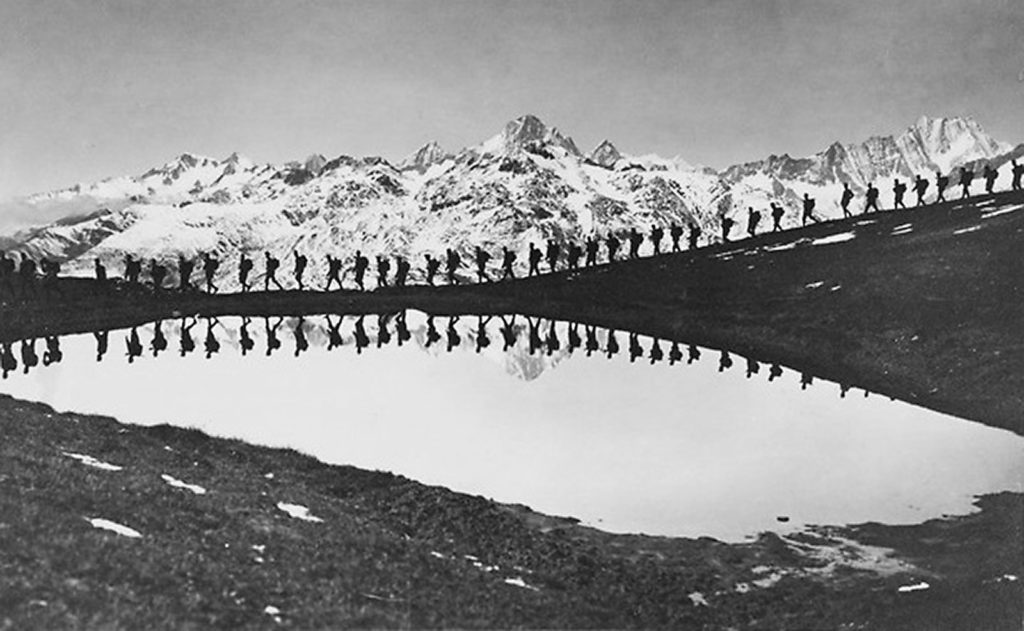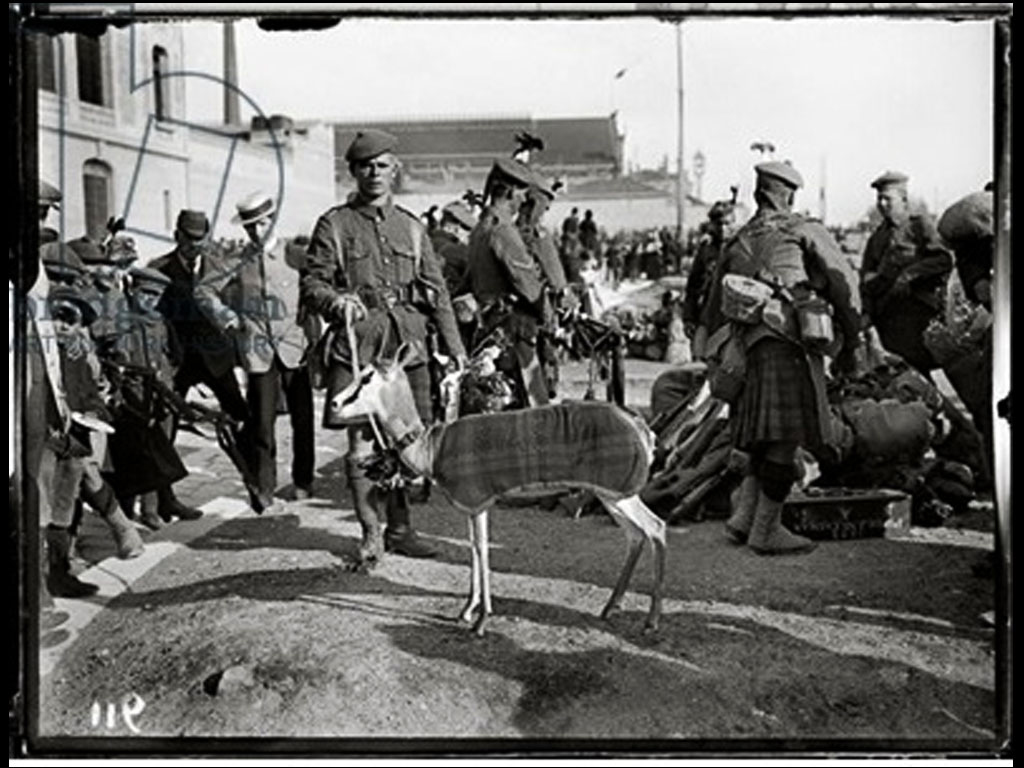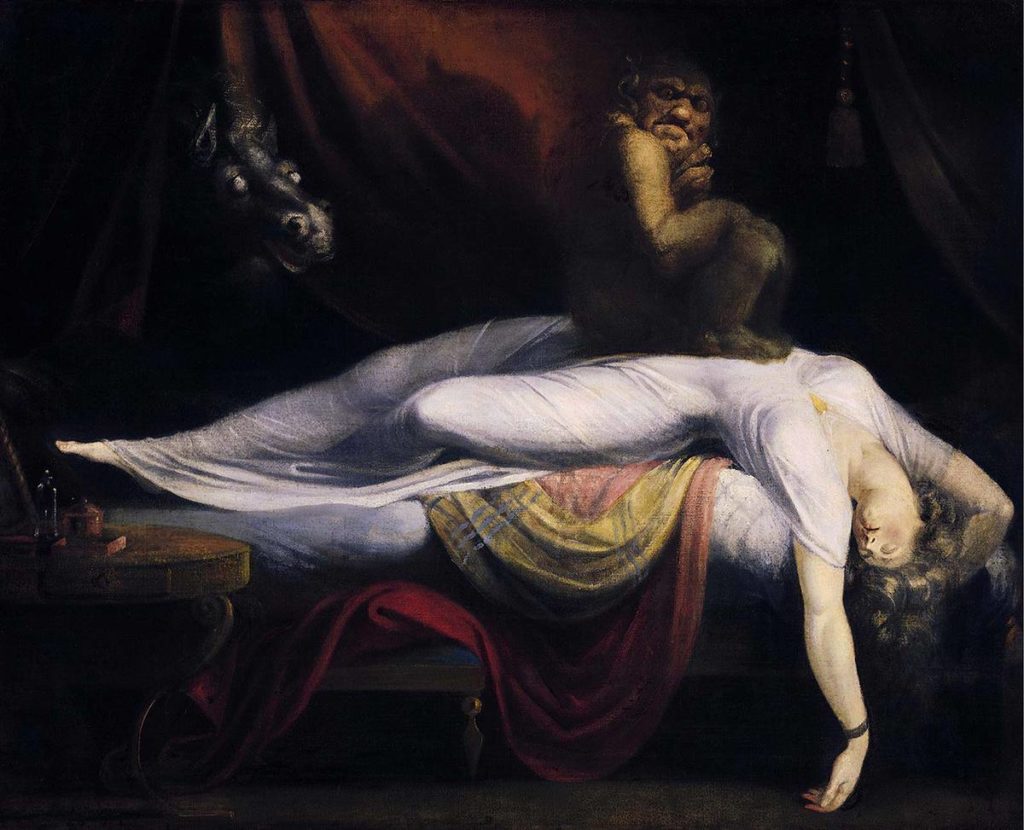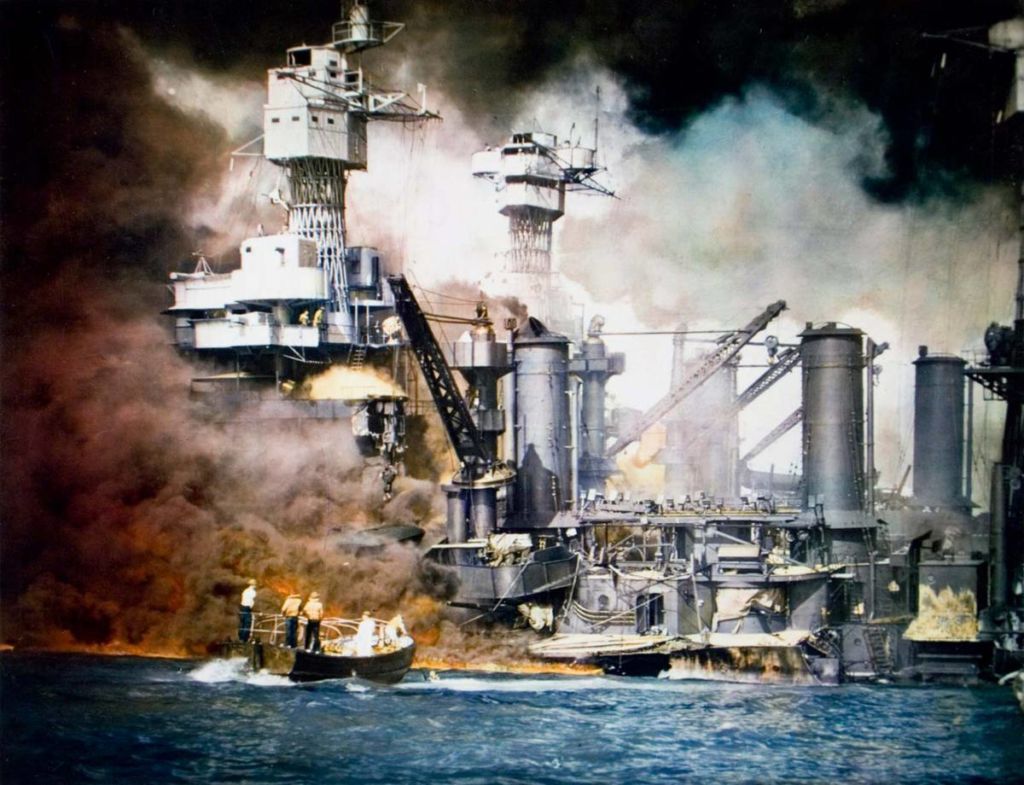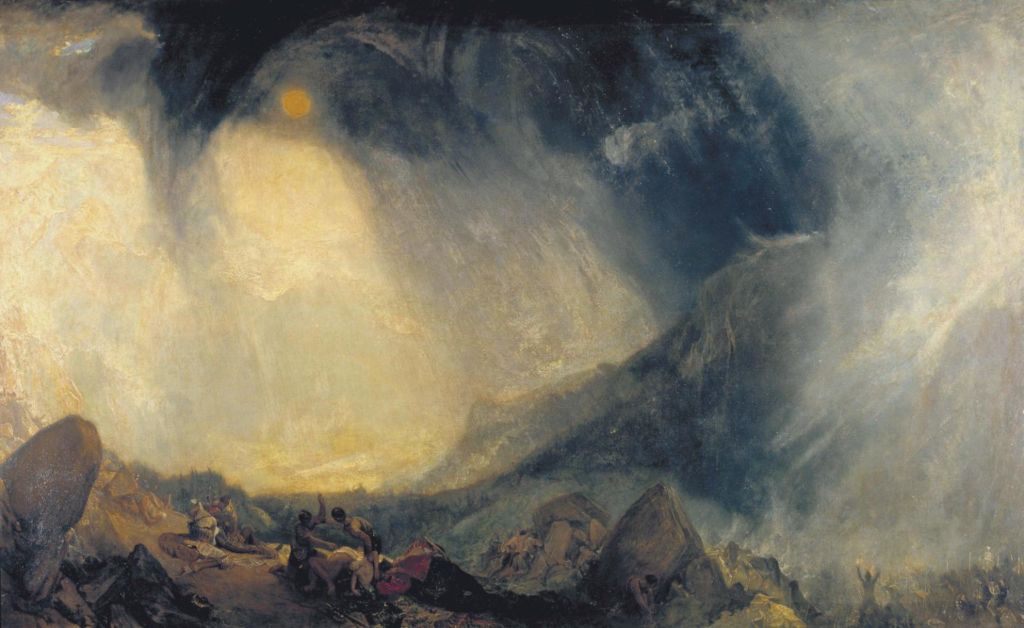Russian film director Ilya Khrzhanovsky has orchestrated an astonishing project around the figure of Lev Landau (Nobel Prize in Physics, 1962) at the intersection of immersive theater, performance and reality TV. DAU – short for Lev Landau – touts itself as an immersive experience inside a closed, totalitarian system. Unprecedented and unusual, the project is Dantean and controversial, much like the demiurge who inspired it.
The idea for the biopic emerged from a discussion between the director and French producer Philippe Bober in Rotterdam, 2005. In 2008, it radically evolved in scale. Khrzhanovsky, described by Théâtre de la Ville in Paris director Emmanuel Demarcy-Mota as “a monster child”, decided to reconstruct the interior of a Ukrainian physics lab that Landau had directed. In the center of Kharkov, he transforms a giant abandoned swimming pool into an enclosed film studio that is only accessible if you leave your personal effects at the door. Over the span of three years, more than 400 people are recruited to live, work and sleep while being filmed continuously by cameras in a kind of imitation totalitarian system.
From language to underwear, every last detail of the past is recomposed into the present. There is even a punishment for using anachronistic language, a fine to be paid in rubles. But the director’s vision does not end at simulation. Although the shoot is loosely based on a screenplay by Russian author Vladimir Sorokine, for Khrzhanovsky the project is actually about guiding people’s behavior, manipulating and motivating participants into recreating an extensive human comedy to be watched from his observation tower.
With the financial backing of businessman Sergeï Adoniev, the budget at his disposal is practically unlimited, and the names associated with the project also lend a certain credibility. Not only are the scenes shot by the famous DoP Jürgen Jürges, known for his work with Wim Wenders and Michael Haneke, but DAU also manages to pull in an international elite. The project involves, amongst others, orchestral conductor Teodor Currentzis, theater director Romeo Castellucci, artists Marina Abramovic and Philippe Parreno. About twenty scientists are also invited to conduct their research on site, including 1982 Fields Medal recipient Shing-Tung Yau or Italian expert on loop quantum gravity Carlo Rovelli. And although Leonardo DiCaprio and Louis Garrel ultimately decline the offer, Gérard Depardieu, Isabelle Adjani, Fanny Ardant, Isabelle Huppert and Monica Bellucci all agree to offer their voices for the overdubbing.
This said, other, more borderline personalities continue to haunt the project. Maxim Martsinkevich was at the film shoot in the Ukraine, nicknamed “the machete” and leader of xenophobic and homophobic movements like Occupy Pedophilia or Format 18. Alongside other followers of his ideology, they molested American performer Andrew Ondrejcak, who is still too traumatized today to give any interviews. Similarly, in a torture scene where the story’s main female protagonist, Natasha, has to insert a glass bottle into her vagina, the torturer, a former lieutenant-general of the KGB, plays himself in person.
And so violence is not only present in the scenes caught on tape, but it is omnipresent, both in the manipulation itself and the very working conditions. Most participants were underpaid, if not paid at all, and condemn a “culture of intimidation and harassment”. To the French actress who played Natasha’s torture scene, now under shock and refusing to speak, the director responds: “No one cares! She’s a prostitute, I found her in an SM brothel!” Neurobiologist James Fallon, despite being a rather illustrious participant in DAU, confesses that he never saw any money at all: “When I got to the Institute, I found myself smack in the middle of a strip-poker game. Ilya was screaming at everyone, I didn’t understand anything, and the chaos made my head spin. He reminds me of Casanova, a congenial psychopath.”
Despite the plethora of rave reviews, unsettling accounts are piling up and are enough to transform this fascination for DAU into disgust. Although the shoot ended in 2011, the director’s megalomania persists, to the point where he even tried “in secret” to erect a copy of the Berlin Wall on Unter den Linden. On paper, DAU indeed seems seductive, however the French infatuation with it surprises seen how the project is as deranged as it is confused, both from a legal and ethical perspective.
Translation by Maya Dalinsky
Cover: DAU © Phenomen IP 2019

